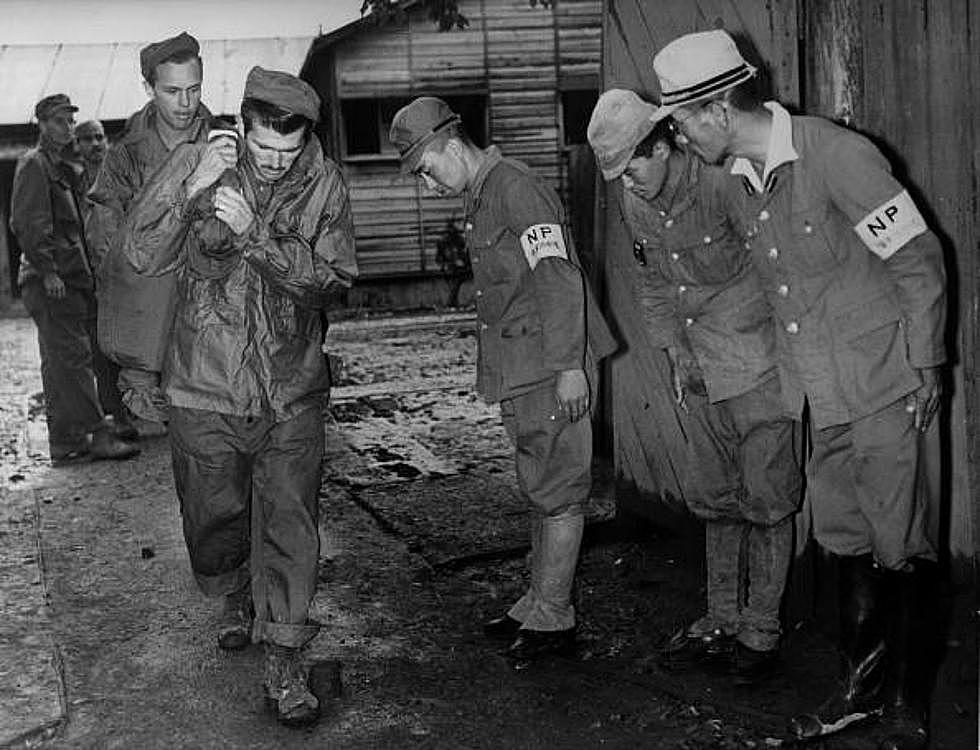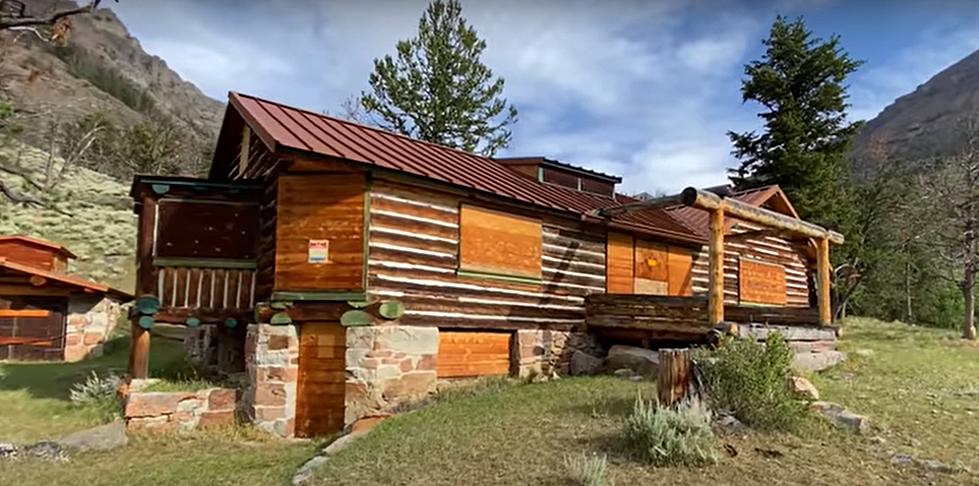
The Time Japan Bombed Wyoming Durning World War 2
On December 5, 1944, a Japanese balloon bomb landed just outside of Thermopolis, Wyoming. Around 6:15 p.m., four coal miners heard a whistling noise overhead, followed by an explosion that sent flames parachuting across the night sky.
The bomb was one of over 9,300 hydrogen Fu-Go balloons launched from Japan and is believed to be the first to land in the United States. Considered the world's first intercontinental weapon, the campaign was a failure. While several hundred balloons eventually made landfall, they did little damage and were responsible for only six casualties.
The Japanese Navy hoped the offensive would incite public panic. Instead, the United States War Department issued a censorship order prohibiting newspapers from reporting the mysterious balloons.
While the bomb in Thermopolis was the only documented explosion in Wyoming during War War II, other balloons may have landed in the state. Over the years, hundreds of fragments from Japanese balloon bombs have been discovered in remote areas of Alaska, California, Oregon, and Washington.
Beware of These 50 Jobs That Might Vanish in the Next 50 Years
More From KGAB









